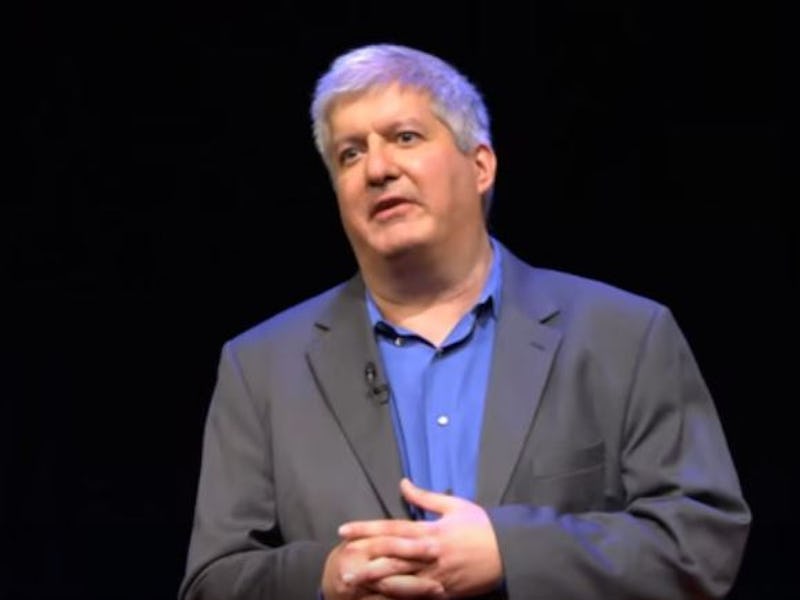The White House's Thomas Kalil May Be the Most Interesting Man in Washington
Keeping an eye on the prize and the fu

The most buttoned-up group celebrating Back to the Future Day last month had to be the staff of the White House Office of Science and Technology Policy. In a blog post for the OSTP, the deputy director of Technology and Innovation, Thomas Kalil, did a tightrope routine on the line between the science fiction of 30 years ago and the reality of today. “Many technologies and ideas that seem like science fiction today — such as Harry Potter’s cloak of invisibility, an Iron Man suit, or Andy Weir’s story about astronauts on Mars — are being actively explored by scientists and engineers,” he pointed out.
That’s probably relatively banal by the standards of your Facebook feed, but consider that the man is a White House staffer and that he’s not catering to an electorate (the president can’t run again and Kalil is an appointee). Dude is into it — and this is pretty par for the course.
Part of Kalil’s job is to solicit bold visions of the future (think: 100 million-mile-wide floating space telescope) and, to do this, he’s become a champion of the technological prizes. In 2012, Kalil and OSTP colleague Cristin Dorgelo authored a report on the ability of prizes to get technology done. The advantages of the prize are numerous: You get a bunch of people tackling a problem without having to explain how to solve it and you don’t have to pay for failure. Government prizes tend to be cost-effective from a taxpayer standpoint, when competitors collectively pony up more than the prize is worth. Prestige is also a thing.
Prizes also attract new talent. When the Air Force Research Laboratory wanted to figure out safely stop a fleeing vehicle without damaging it, this is what happened:
“All pre-existing solutions — such as “tire shredder” strips or the wheel-entangling SQUID — needed to be prepositioned, which has led to police officer deaths while getting the device in place or from drivers swerving around them. With help from the Wright Brothers Institute and InnoCentive, AFRL opened this challenge to the world. As a result, AFRL was able to multiply the number of people thinking about this problem over 100-fold and received a workable solution within a 60-day period. A retired 66-year-old mechanical engineer from Lima, Peru, submitted the winning solution — a remote-controlled, electric-powered vehicle that can accelerate up to 130 mph within 3 seconds, position itself under a fleeing car, and then automatically trigger a restrained airbag to lift the car and slide it to a stop.”
AFRL bought the design for $25,000.
One of the most profound arenas where the prizes played out successfully are driverless cars. In 2004, the Defense Advanced Research Projects Agency announced its first Grand Challenge, a million-dollar prize to get an autonomous vehicle down a desert track. The cars all failed, so no one walked away with the purse. A year later, five cars completed a circuit through the Mojave. Roboticist Sebastian Thrun led a Stanford University team to victory; soon after, Google snatched him up. Now, of course, we have self-driving Google cars that get pulled over by cops, just like people cars.
In 2006, Kalil’s take on prizes was that we need more of them, particularly in tough-to-solve arenas like agriculture in Africa and cheap vaccines. He’s continued to echo that sentiment in, for instance, his TEDx on moonshots and Obama’s BRAIN Initiative. Somebody give this guy a ribbon.